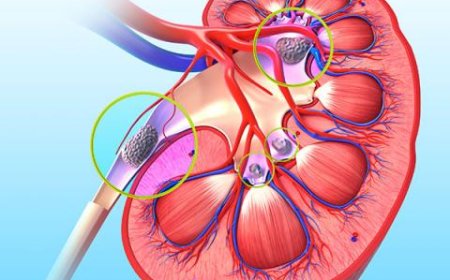Collaborative Threat Detection with Network Detection and Response (NDR)
Collaborative Threat Detection with NDR refers to how teams and technologies work together using Network Detection and Response (NDR).

Collaborative Threat Detection with NDR refers to how teams and technologies work together using Network Detection and Response (NDR) to identify threats faster, more accurately, and in context.
What Is Collaborative Threat Detection?
Its the joint effort of cybersecurity tools and human analysts to:
-
Detect anomalies or malicious activity
-
Correlate signals across systems (network, endpoint, cloud)
-
Share insights and escalate efficiently
-
Prioritize real threats vs noise
When NDR solutions is central to this, it becomes the core of network-based visibility and detection, powering collaboration across people and tools.
What Does NDR Do in This Model?
NDR acts as a sensor and analyst within your environment.
| Feature | Role in Collaboration |
|---|---|
| Deep Packet Analysis | Gives analysts detailed context (e.g., DNS lookups, encrypted traffic behaviors) |
| Anomaly Detection via AI/ML | Flags patterns humans might miss shared with SOC/IR teams |
| Lateral Movement Detection | Enables IT teams to isolate infected systems faster |
| Integration with SIEM/EDR/SOAR | Allows real-time alert sharing and automated playbooks |
| Threat Intelligence Enrichment | Adds value to analyst decisions with IOCs, risk scores, and behavioral tags |
Collaborative Threat Detection Ecosystem (Example)
Flow of Detection Collaboration:
-
NDR platforms detects unusual internal traffic (e.g., beaconing or data exfiltration).
-
SIEM Correlates with other signals (failed logins, endpoint alerts).
-
SOAR Orchestrates enrichment (threat intel, geolocation, asset data).
-
Analysts Collaborate using dashboards, chat tools (e.g. Slack, Microsoft Teams), or ticketing platforms.
-
EDR Validates if the endpoint also shows compromise behavior.
-
Incident Response Escalates or automates based on shared findings.
Real-World Use Case
Scenario: Ransomware Propagation Detected by NDR
-
NDR solutions identifies suspicious SMB write behavior to multiple hosts.
-
SOC analysts are alerted and use packet captures to confirm.
-
EDR tools are queried for process execution and encryption attempts.
-
The SOAR system isolates affected devices and notifies IT.
-
The incident response (IR) team uses historical NDR logs to trace the initial infection point.
-
Lessons learned are fed into detection rule updates and tabletop exercises.
Benefits of Collaborative Threat Detection with NDR
-
Fewer false positives (thanks to shared context)
-
Faster mean time to detect (MTTD)
-
Greater organizational alignment
-
More effective threat hunting
-
Resilience across hybrid environments (cloud/on-prem)
Want More?
-
A diagram of a collaborative detection architecture
-
A sample playbook for NDR-based threat detection
-
A comparison of top NDR solutions (e.g. NetWitness, Vectra, Darktrace, ExtraHop)
































